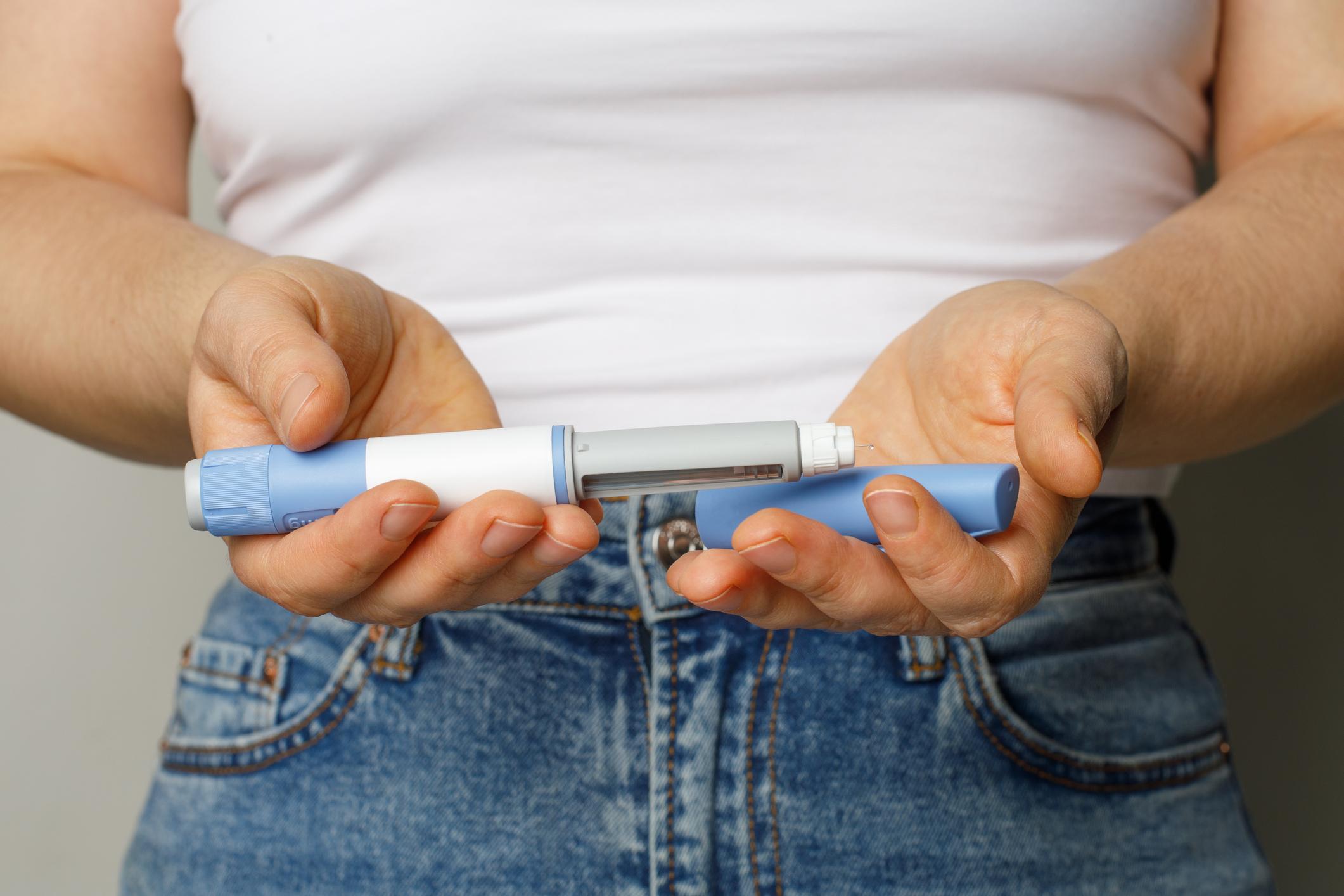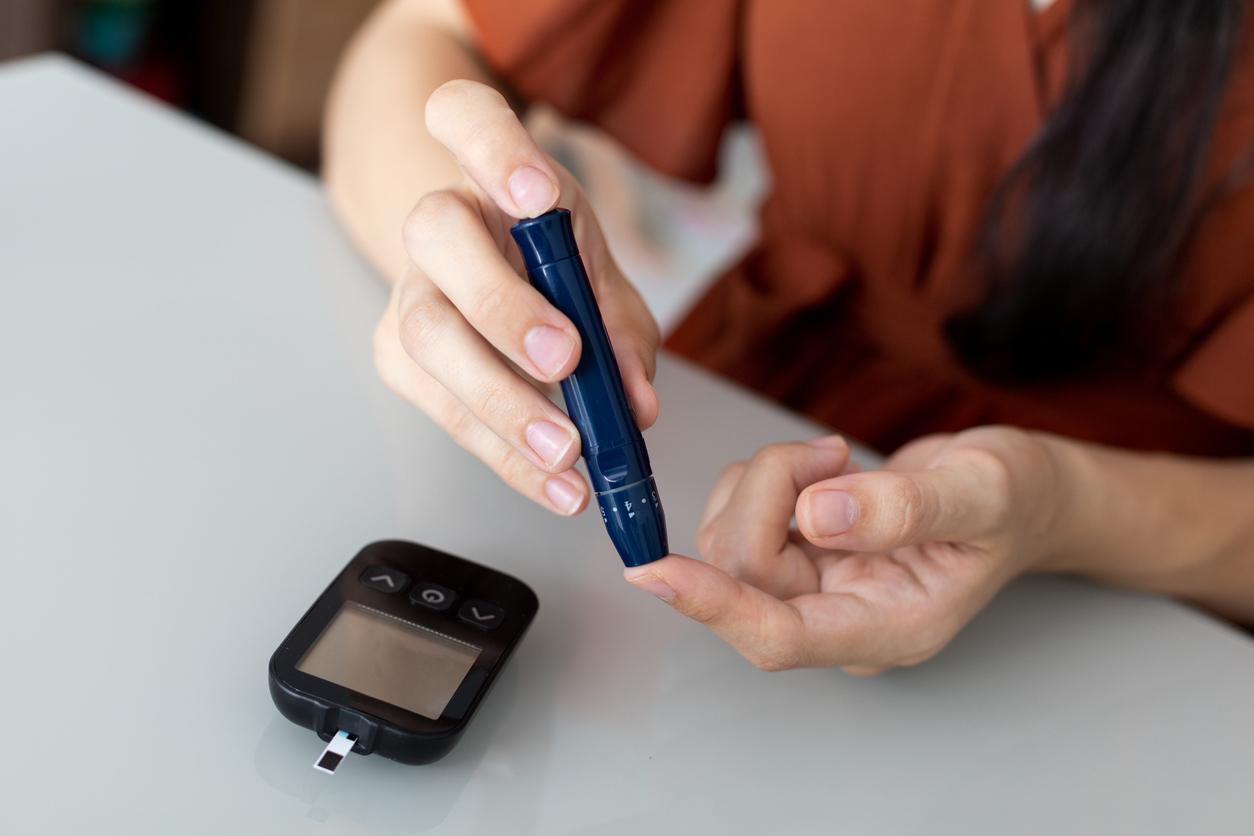Excess fat in the heart, a common feature of diabetes andobesity can interfere with the essential ability of heart cells to produce energy. This mechanism may contribute to a two to five times higher risk of heart failure in people with diabetes, according to results of a study published in the medical journal Circulation Research.
The heart is the most energy consuming organ in the body. Much like a combustion engine that burns fuel to power its pistons, healthy heart cells consume fuel molecules to create the energy needed to power the heart. This essential energy production takes place inside the mitochondria.
Although the mitochondria in a healthy heart primarily use fatty acids for fuel, they can easily adapt to use other fuel molecules as needed, including glucose, lactate, and ketones. However, diabetes reduces the metabolic adaptability of the heart muscle and causes the heart cells to overuse fat as metabolic fuel.
Diabetes increases heart risk
Researchers at the University of Iowa in the United States carried out a study with genetically modified mice that mimic the increased absorption of fatty acids (lipid overload) that characterizes diabetes, to study its consequences on patients. mitochondria.
In mice, the absorption of lipids by the heart is doubled. This modest increase caused a change in the mitochondria which became thinner and more twisted than those of healthy heart cells. However, the overload of heart lipids disrupts the normal mitochondrial structure, which can interfere with energy production and compromise the heart function.
“Diabetes, which affects nearly 30 million Americans, significantly increases the risk ofheart failureExplains Prof. Dale Abel, professor and executive director of internal medicine at IU Carver College of Medicine. “We have demonstrated and detected how increasing the amount of fat (lipids) that the heart consumes leads to dramatic changes in the structure and function of the mitochondria.”
Read also:
1 in 11 adults worldwide have diabetes
Diabetes: what are the possible complications?
Diabetes: watch out for visual disturbances
















